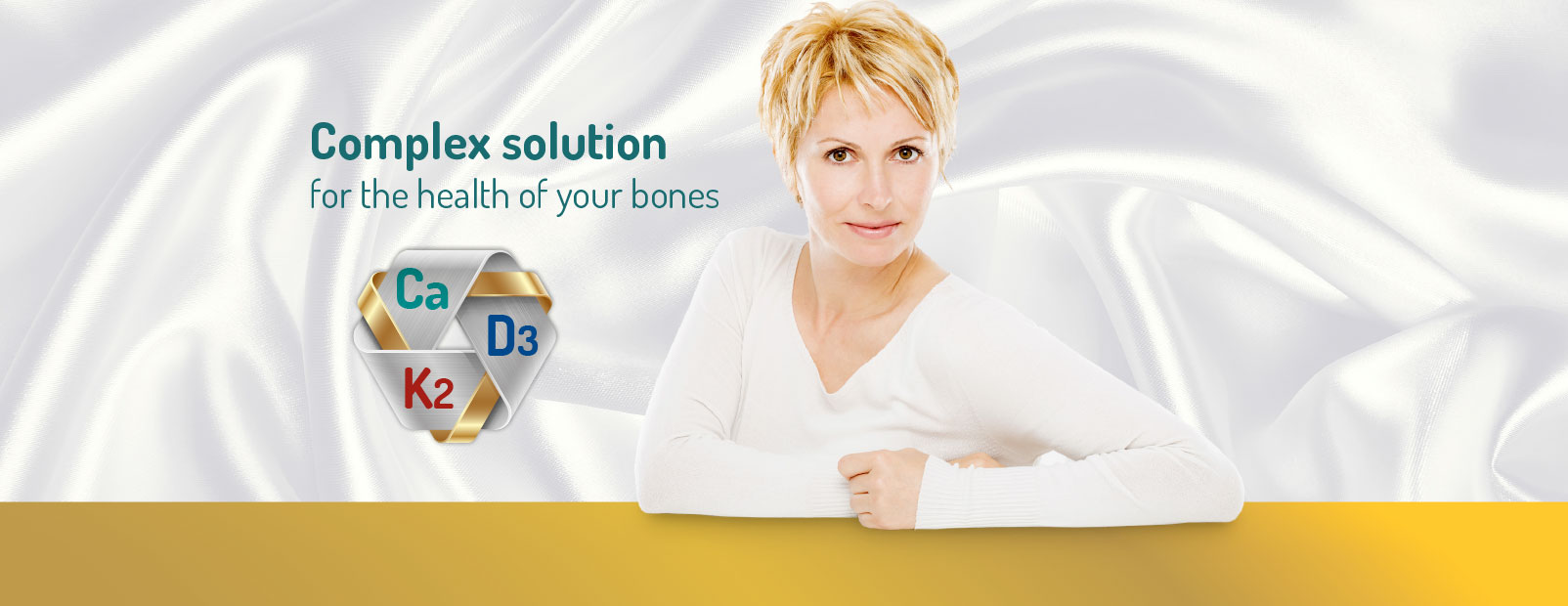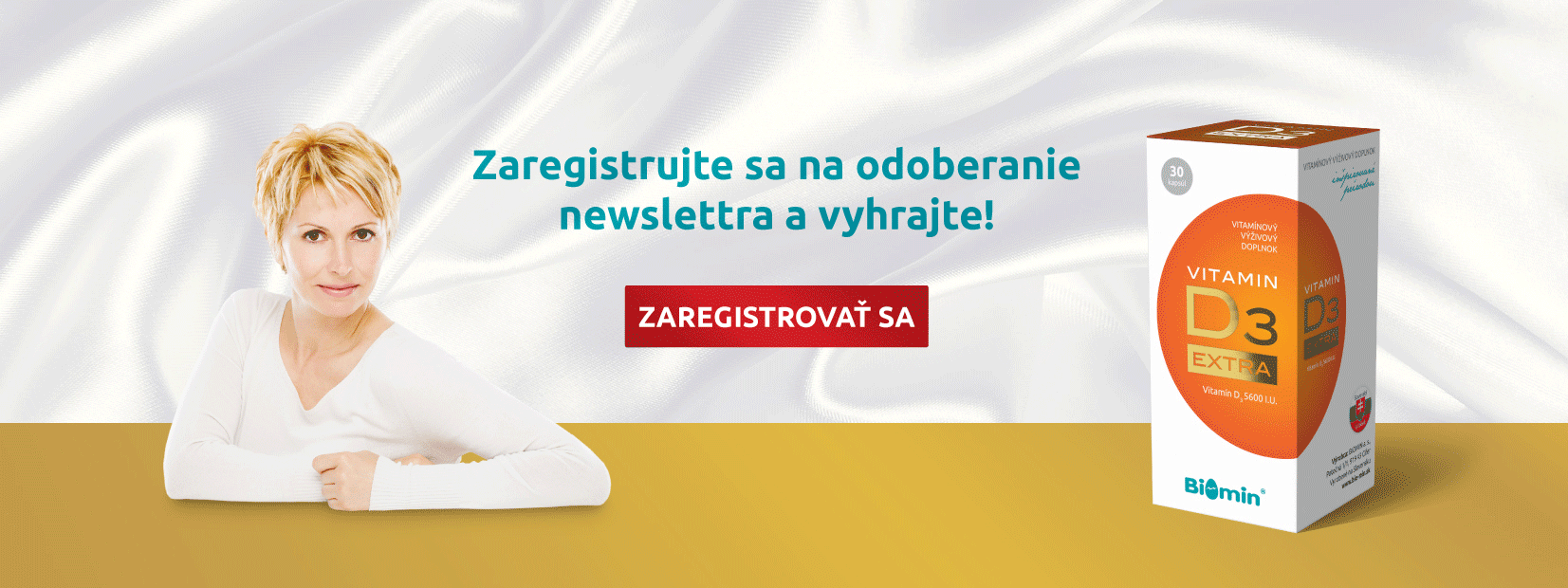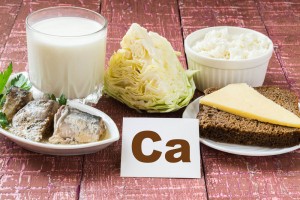Every woman is young and beautiful if she feels good and takes care of herself. The goal is to make it last as long as possible. Nowadays it is nothing extraordinary for a 60 or 70 years old woman to be neat and beautiful. But it takes more effort, time and most of all knowledge. That is why you should know about yourself as much as possible. Menopause is a period of huge hormonal changes in the life of a woman. This period most of ten starts between the ages of 45 to 55. During this time the function of ovaries naturally decreases, production of estrogen and progesterone hormones lowers and the menstruation cycle stops, which causes hormonal, physical and psychological changes. This transition on its own can be very difficult for a woman, she might experience hot flashes accompanied with sweats, visible changes are can not only affect female genitalia, but for example also on nails, skin or hair, even hair growth on face is also possible. This uncomfortable period is unfortunately a harbinger of faster aging process and is accompanied with higher loss of calcium from bones. Following the loss of female hormones in some cases the calcium is literally washing out from the bones and should therefore be supplemented regularly.
During menopause the recommended daily intake of calcium is 1 200 mg in case of using hormone replacement therapy. If you do not use it, you should have an intake of 1 500 mg of calcium daily.
Risk of osteoporosis in women
Since bone loss does not hurt, a lot of women, but also men, does not find out, until it’s too late. Symptoms of osteoporosis may be a sudden and intense back pain in a specific place, weakness or pain in multiple bones, rapid fatigue when walking, and significant reduction in body height. Typical symptoms of osteoporosis are deformation of the spine into a significant hump, which would be an irreversible consequence of the disease. Osteoporosis can lead to fractures, the treatment in higher age is very complicated. Did you know that from complications related to hip fractures more women die each year than from uterus, ovarian and cervical cancer combined? A regular and especially sufficient calcium intake during the premenopausal period significantly reduces the risk of osteoporosis.
Right combinations
For prevention from osteoporosis it is ideal to use a combination of calcium with vitamin D3 and vitamin K2. The body needs calcium for strong and healthy bones, but for it to go to where the body can make the most of it vitamins D3 and K2 are required. Vitamin K2 ensures that calcium gets to the bones and teeth, and not be stored in the blood vessels. Thereby ensuring not only the utility of the received calcium for female body, but it also protects against atherosclerosis. Equally important is vitamin D3, which provides for the absorption of calcium into the blood, so thanks to it, the body can receive calcium.
Taking calcium on its own does not make sense for the body, as our body is unable to receive and direct the calcium where it is needed – to bones and teeth. For this it needs the K2 and D3 vitamins.











